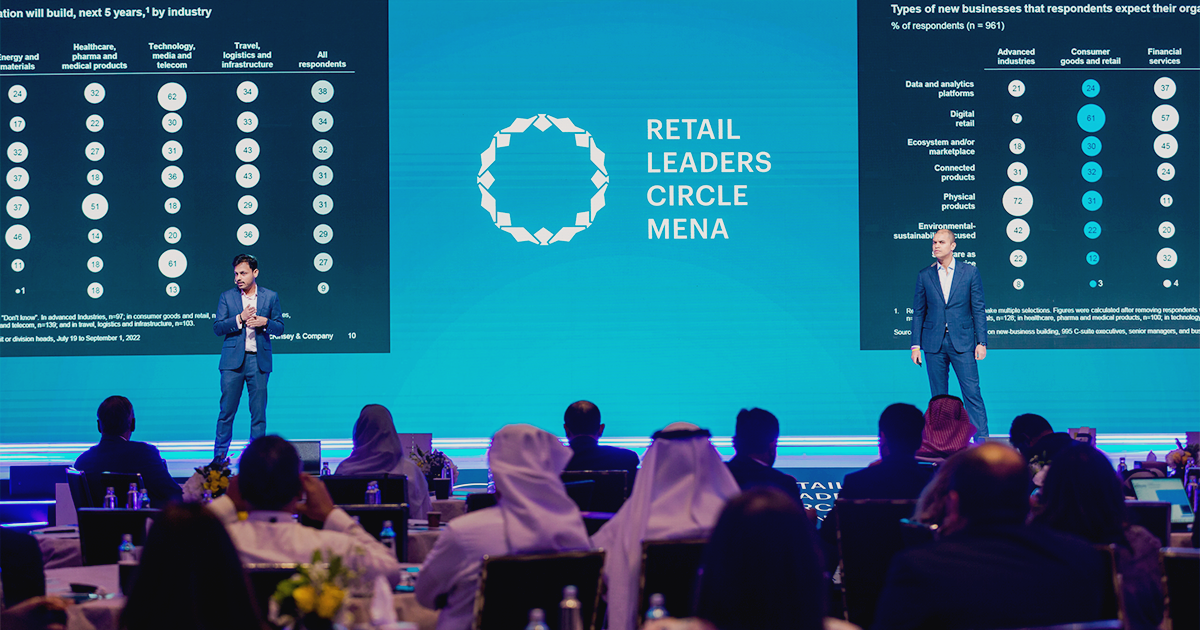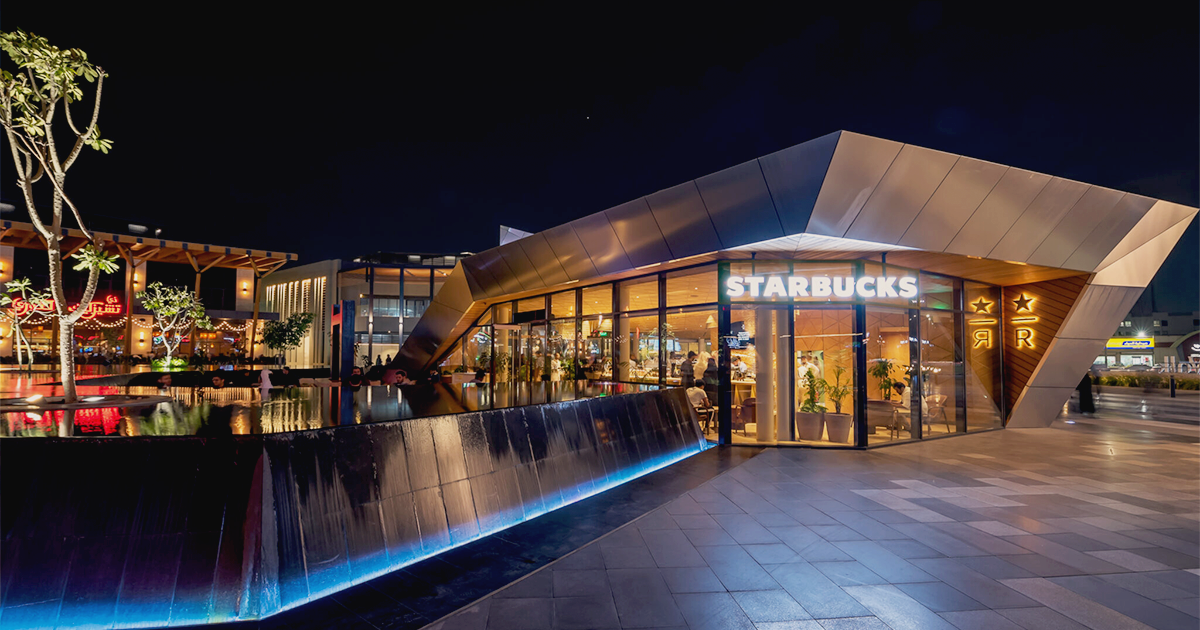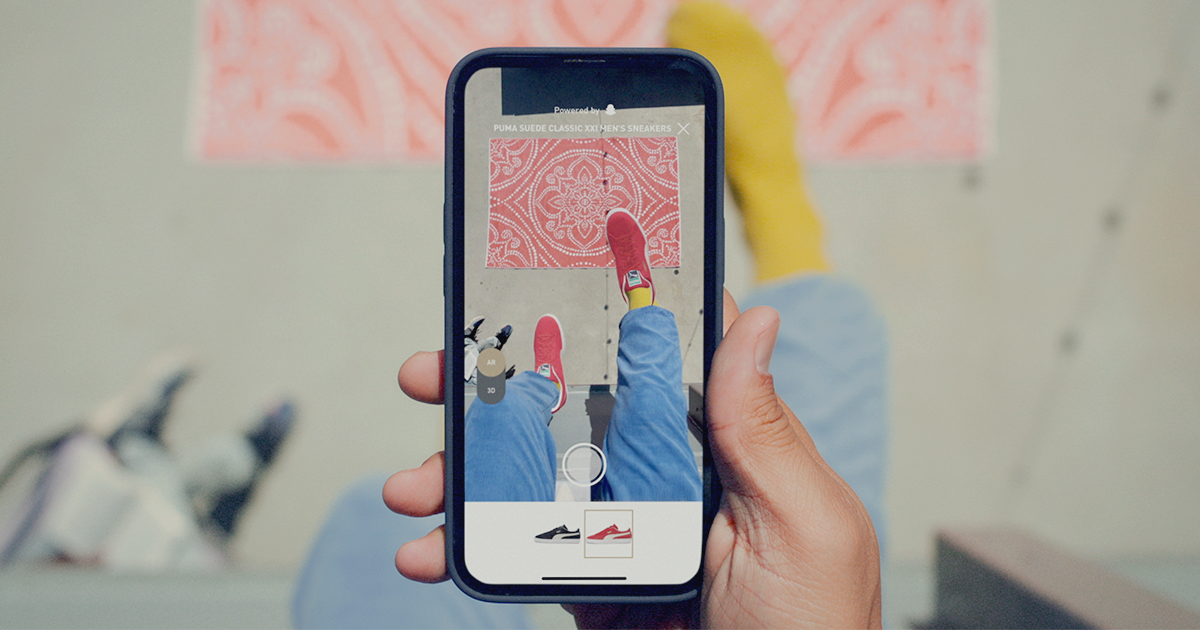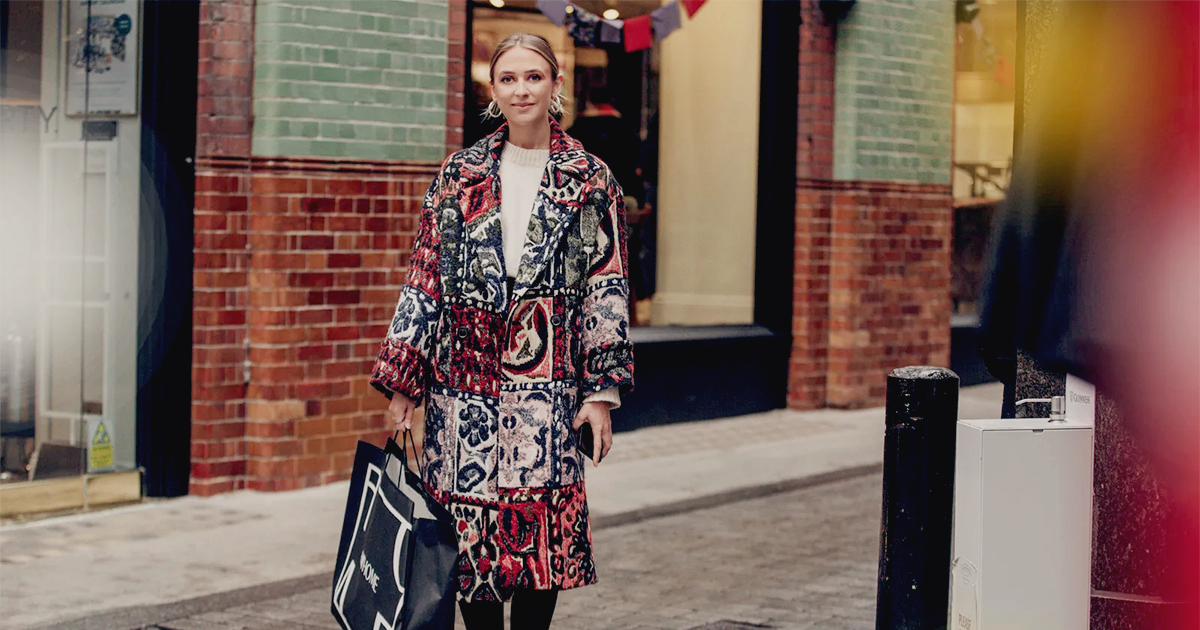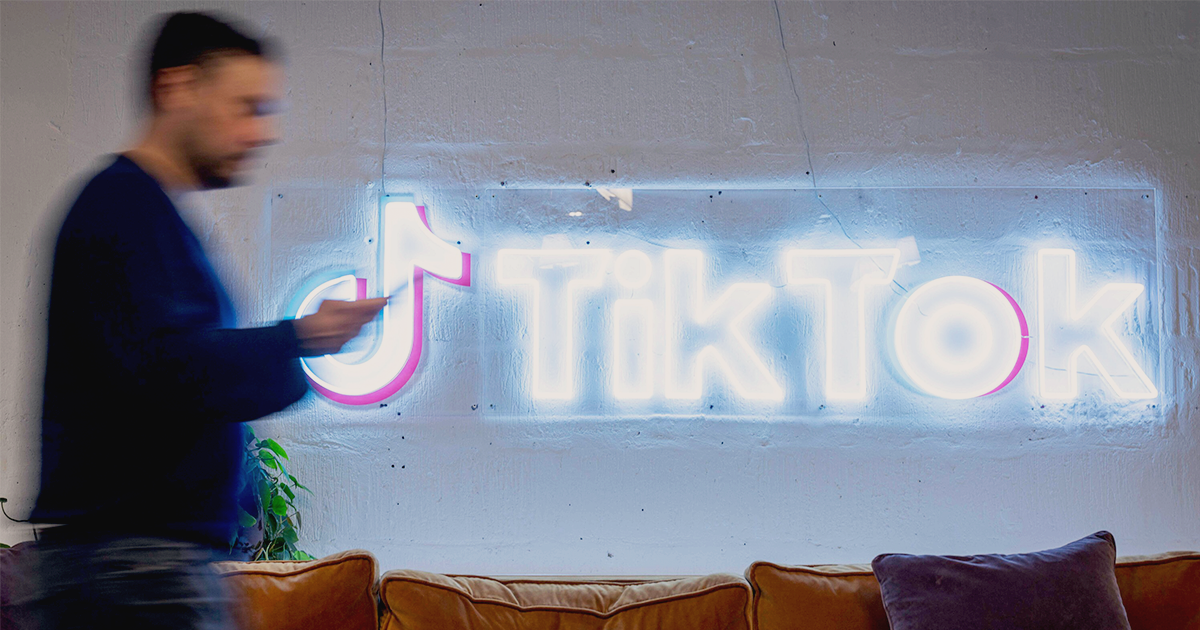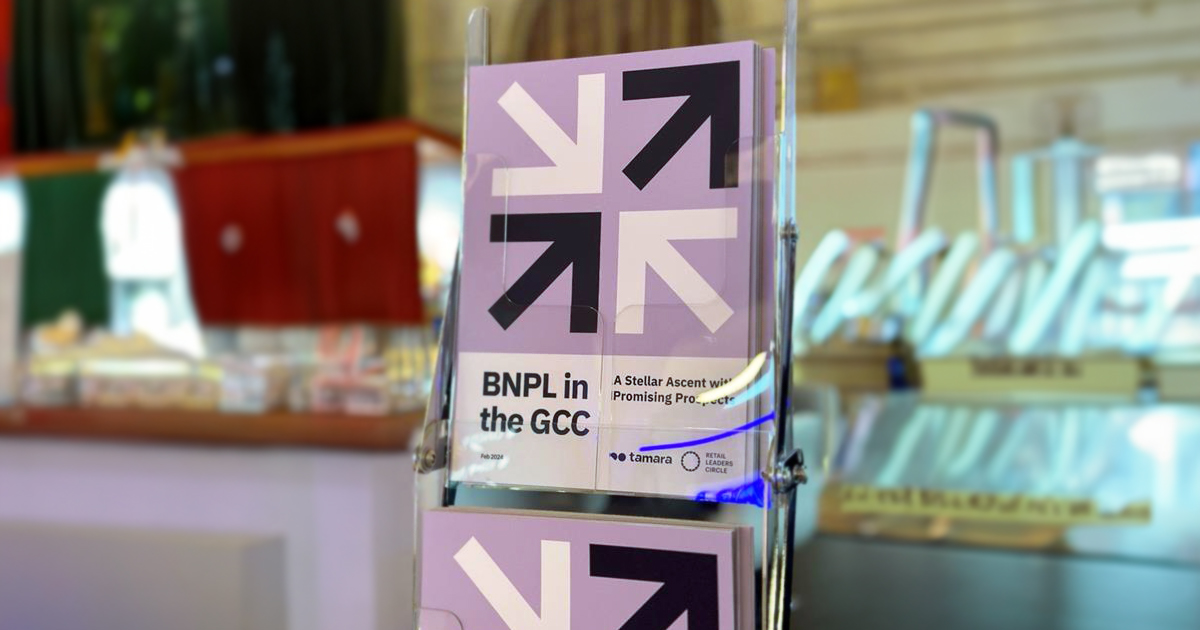

Apparel firms are taking a huge hit because of inflation. A fragile consumer and the prospect of even more turbulence in the economy is proving to be a difficult situation that companies attempt to harness. The cost of everything is on the rise and consumers have become more value conscious which means they expect more from companies. All these make up the retail landscape one fraught with the unknown and the need for change. Companies need to ADAPT to this new reality.
- Adjust discounting and promotions
- Develop the art and science of price change
- Accelerate decision-making tenfold
- Plan options beyond pricing to reduce costs
- Track execution relentlessly








